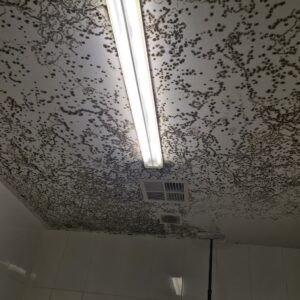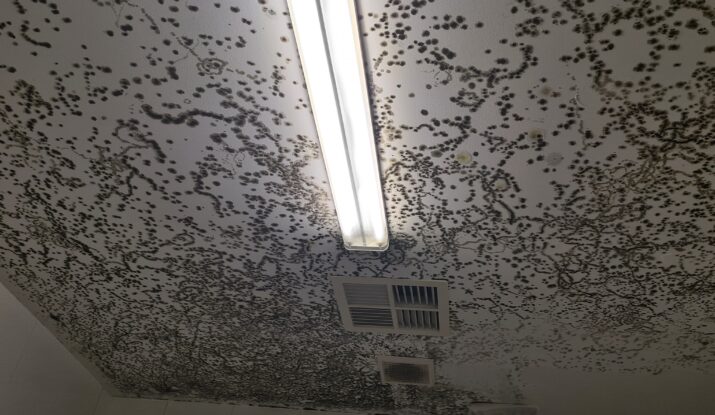Introduction: Mould removal/Remediation
Mould infestation is a common household problem that can wreak havoc on indoor air quality and pose serious health risks. From triggering allergies to causing respiratory issues, mould requires swift and effective removal to safeguard your home and family. In this comprehensive guide, we delve into the intricacies of mould removal and remediation, offering expert tips, proven techniques, and best practices to help you tackle this persistent issue head-on.
Understanding Mould
Before diving into removal methods, it’s crucial to understand what mould is and how it thrives. Mould, a type of fungus, flourishes in damp, humid environments, often proliferating in areas with poor ventilation. Common signs of mould include musty odors, discolored patches on walls or ceilings, and respiratory symptoms such as coughing and sneezing.
The Dangers of Mould: Beyond being unsightly, mould poses significant health risks. Exposure to mould spores can trigger allergic reactions, exacerbate asthma symptoms, and lead to respiratory infections. Prolonged exposure may even cause more severe health issues. Additionally, mould can compromise the structural integrity of your home, leading to costly damage if left unchecked.
Effective Mould Removal Techniques: When it comes to mould removal, it’s essential to approach the task systematically to ensure thorough eradication and prevent regrowth. Here are some effective techniques to consider:
- Identify the Source: Begin by locating the source of moisture that is fuelling the mould growth. Common culprits include leaks, poor ventilation, and high humidity levels. Addressing the underlying issue is key to preventing future infestations.
- Protective Gear: Before tackling mould removal, don appropriate protective gear, including gloves, goggles, and a mask to avoid exposure to mould spores.
- Dry Out Affected Areas: Properly dry out the affected areas using dehumidifiers, fans, or natural ventilation. Removing excess moisture is crucial for inhibiting mould growth.
- Clean with Antimicrobial Solutions: Use antimicrobial solutions or commercial mould cleaners to scrub away mould from surfaces. Ensure thorough coverage and follow the manufacturer’s instructions for safe and effective use.
- Remove Porous Materials: In cases of severe mould infestation, porous materials such as drywall or carpeting may need to be removed and replaced to eliminate hidden mould and prevent recurrence.
- Seal and Paint: After cleaning and drying the affected areas, seal porous surfaces with a mould-resistant primer and repaint to provide an added layer of protection against future mould growth.
Professional Mould Remediation: While DIY mould removal methods can be effective for minor infestations, severe cases may require professional intervention. Mould remedi

ation specialists have the expertise and equipment to handle extensive mould outbreaks safely and effectively. From thorough inspections to specialized cleaning techniques, hiring professionals ensures comprehensive mould removal and reduces the risk of recurrence.
Preventing Future Mould Growth: Once you’ve successfully eradicated mould from your home, it’s crucial to implement preventative measures to avoid future infestations. Here are some tips to help keep mould at bay:
- Maintain Proper Ventilation: Ensure adequate ventilation in bathrooms, kitchens, and other moisture-prone areas to prevent humidity build-up.
- Address Leaks Promptly: Promptly repair any leaks in plumbing, roofs, or windows to prevent moisture from seeping into your home.
- Monitor Indoor Humidity: Use a hygrometer to monitor indoor humidity levels and keep them below 60% to deter mould growth.
- Regular Maintenance: Schedule regular inspections and maintenance to identify and address potential moisture issues before they escalate.
Conclusion:
Mould removal and remediation require diligence, patience, and a systematic approach to ensure effective results. By understanding the causes of mould growth, implementing proper removal techniques, and taking preventative measures, you can safeguard your home and family from the dangers of mould infestation. Whether tackling a small patch of mould or addressing a larger outbreak, prioritizing mould removal is essential for maintaining a healthy indoor environment.

